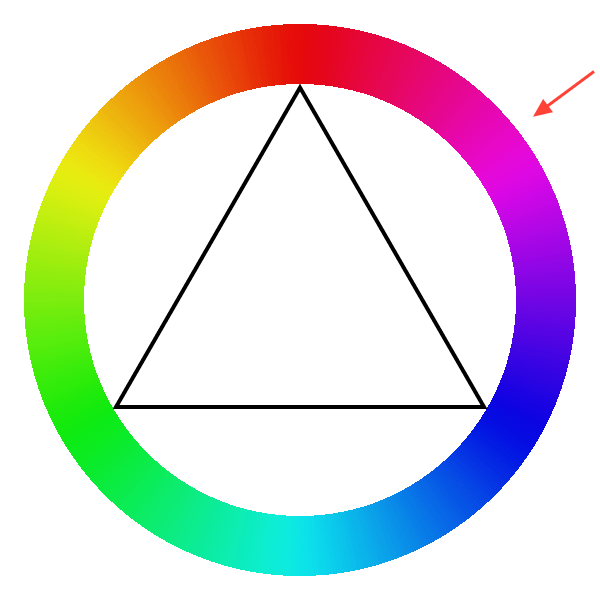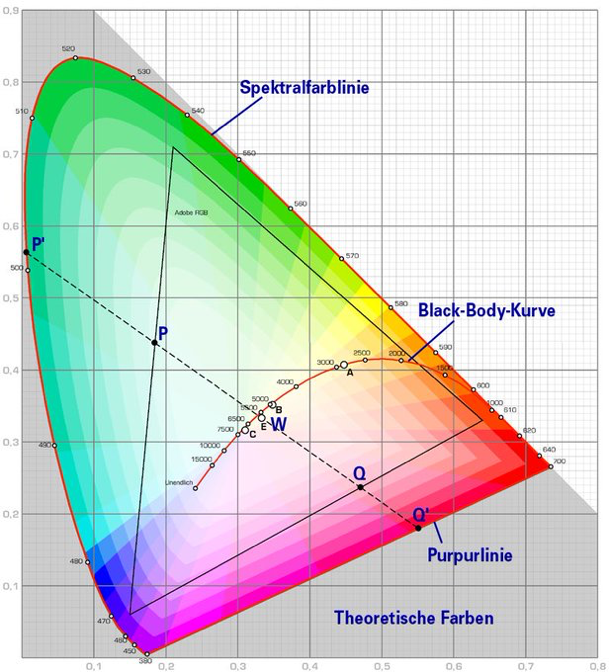Catching the magic of magenta with your iPhone
Magenta, a colour created by our brains, isn’t found in the light spectrum. This article dives into the science behind magenta and offers tips for capturing its unique vibrancy with your iPhone, explaining why digital sensors struggle with this elusive hue.

Updated: 18 september 2024
Colour is an intriguing phenomenon that enriches and influences our daily lives. From the soft green of nature to the vibrant blue of the sky, colours arouse emotions and create atmospheres around us. One colour that often evokes fascination and wonder is magenta.
But did you know that magenta does not actually exist as a single colour in the spectrum of light?
The colour spectrum and monochromatic light
To understand the mystery of magenta, we must first take a look at the colour spectrum. The visible colour spectrum, as represented in a rainbow, consists of different colours ranging from red to violet. When white light is refracted through a prism, it is split into these colours, resulting in the colour spectrum.

Monochromatic light, on the other hand, consists of a single wavelength or colour. In the case of magenta, which is between red and blue, it is caused by a specific combination of wavelengths.
This means that magenta is actually a colour perceived in our brain as a result of the fusion of different colours in the light spectrum. When the brain detects a mix of red and blue but no green, it fills the gap by creating the colour magenta—a psychological response to the absence of green light between the two wavelengths.
Purple is purely a mental construct of the human brain.
— Brian Roemmele (@BrianRoemmele) September 18, 2024
We invented the color because of a lack of a sensor signal. pic.twitter.com/Dxc2aQeO5R
How magenta is made completely in the mind.
The mystery of the purple line
When we look at a traditional ring-shaped colour spectrum, we see a seamless transition from red to violet. This gradual change implies that magenta (red arrow pointing at it) should be part of the spectrum.

However, if you study the spectrum closely, you will notice that there seems to be a gap between red and violet. This gap is called the "purple line" and represents the missing part of the spectrum where magenta should normally lie.
The view below shows it well. The red line represents the monochromatic colours and their wavelengths. Between violet and red a line called the purple line.

Photographing magenta with an iPhone
Now that we understand why magenta is such a mysterious phenomenon, we can turn to the challenges in photographing this colour with an iPhone. An iPhone's auto focus is designed to respond to the most common colours in the visible spectrum.
Because of magenta's unique properties, formed by the combination of red and blue, the camera can sometimes struggle to find the right focus point.
To successfully capture magenta tones, it may help to apply a little trick. By placing your finger next to the subject, letting the camera focus on your finger and then withdrawing your finger before taking the picture, you can help the camera find the right focus point.
This trick has often helped me with photographing lilac, magenta and purple flowers in particular.

Photographing magenta tones with an iPhone can be a challenge, but with some patience and experimentation you can achieve beautiful results.
Capturing the magic and beauty of magenta in images can be a worthwhile artistic challenge. So, the next time you want to capture the enchanting colours of magenta, you now know how to make the most of your iPhone camera.




